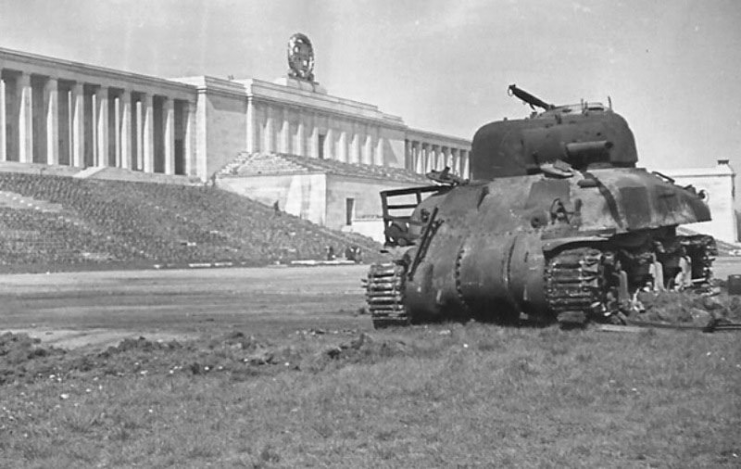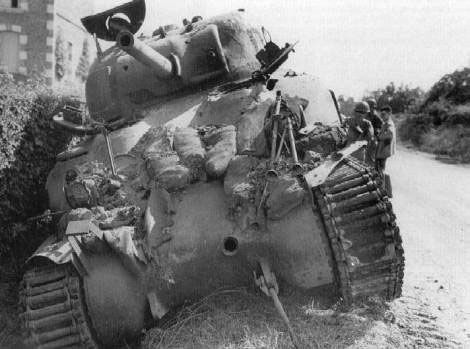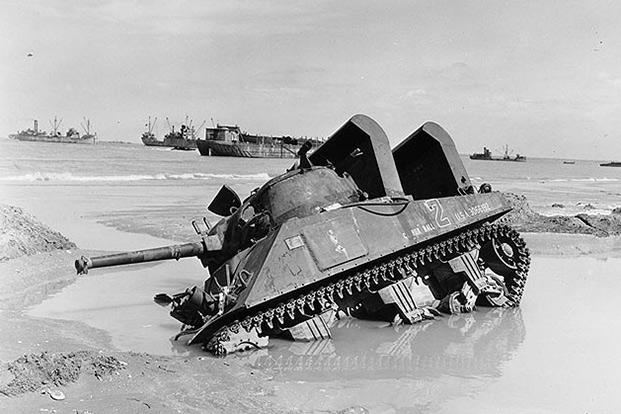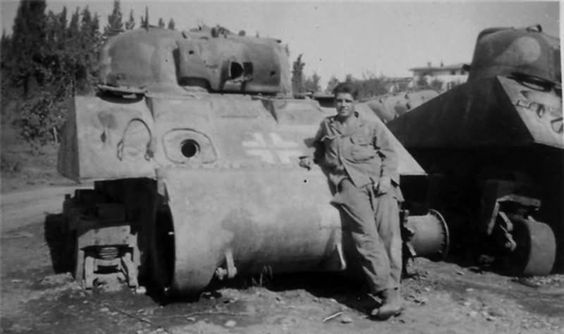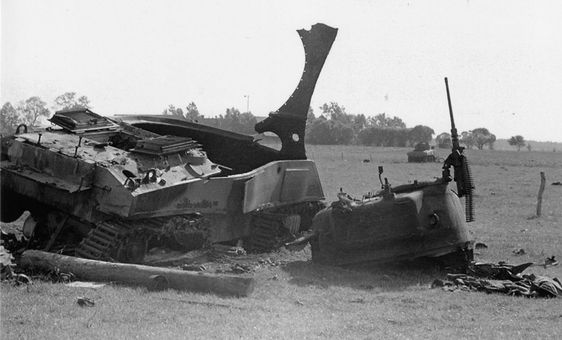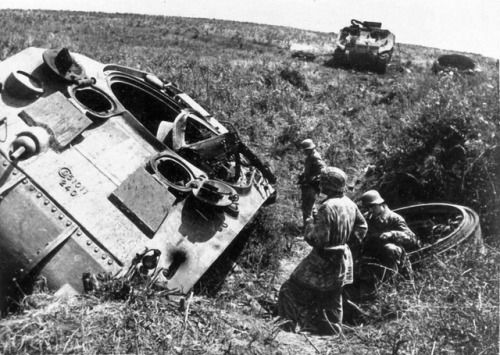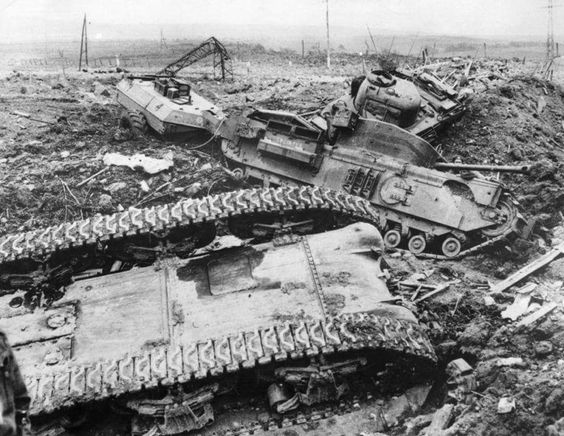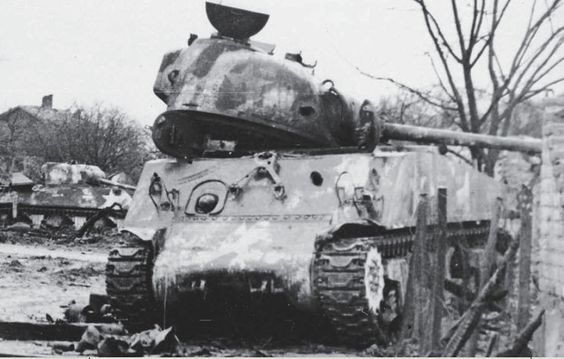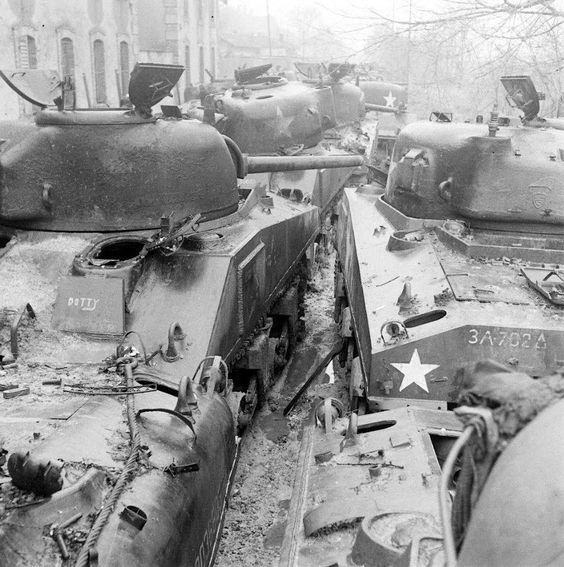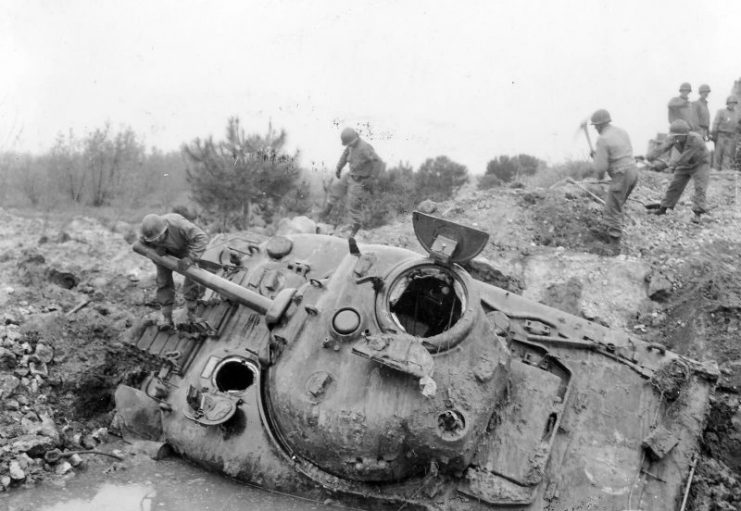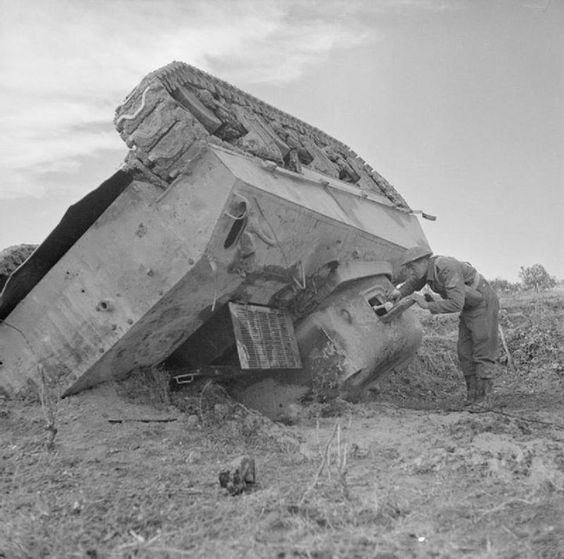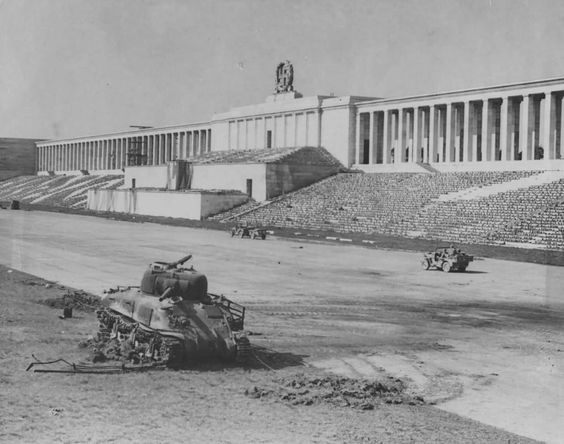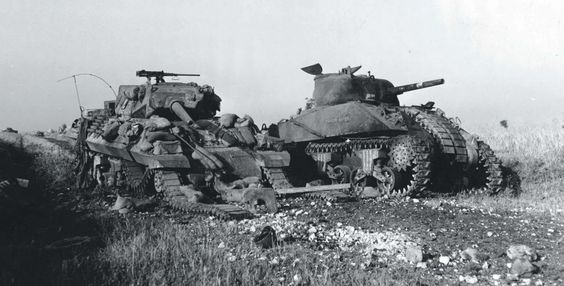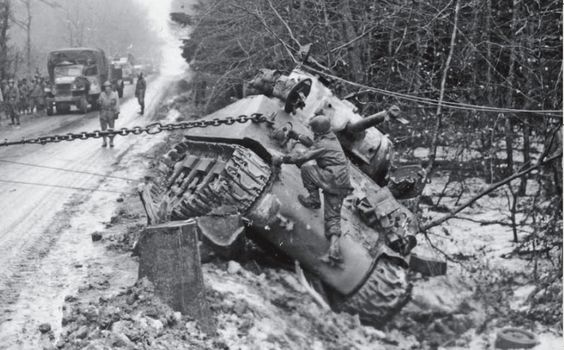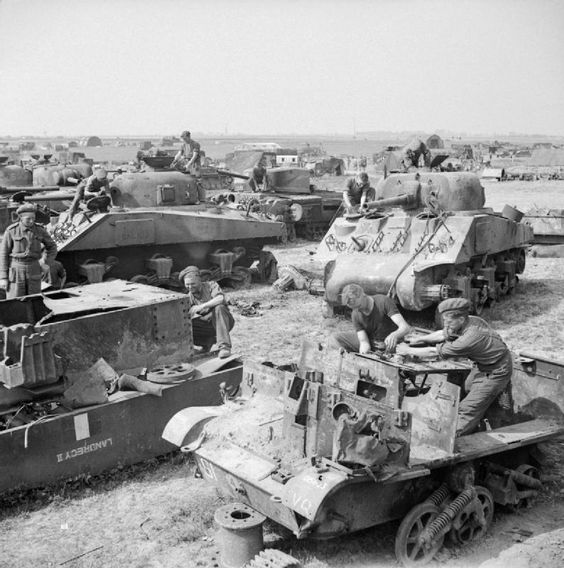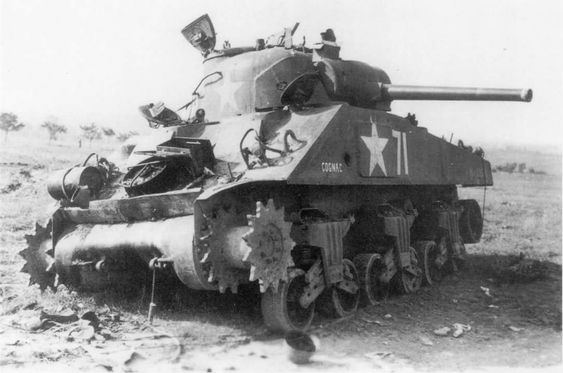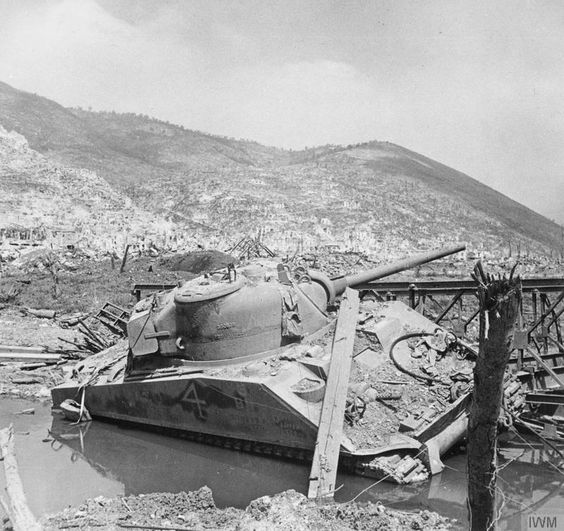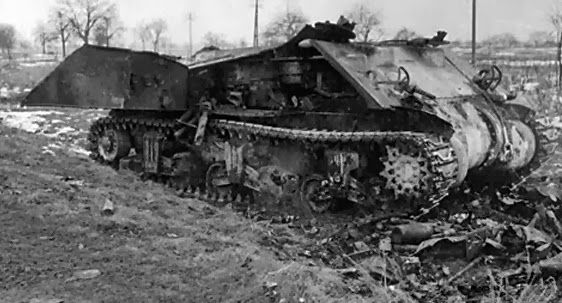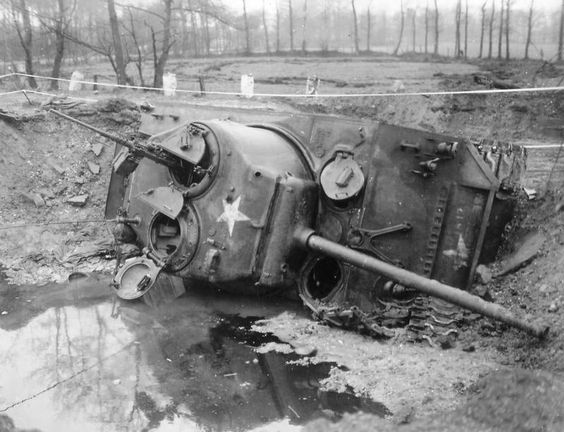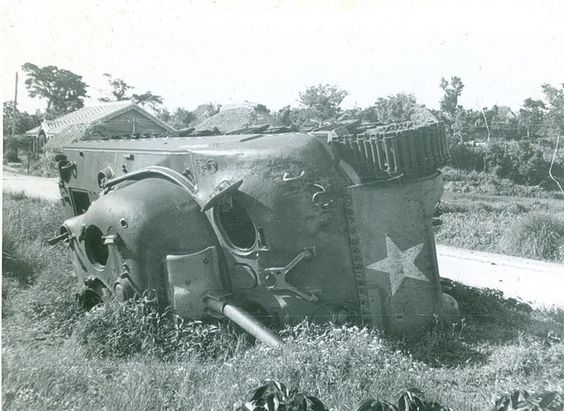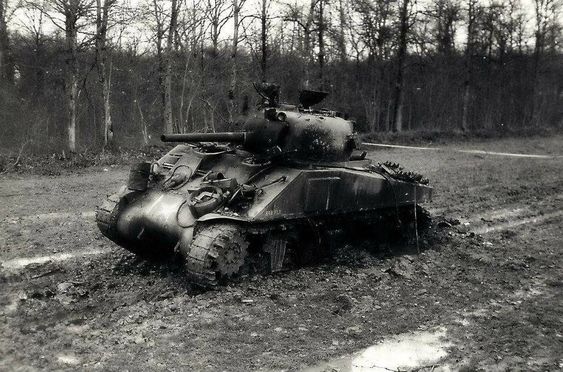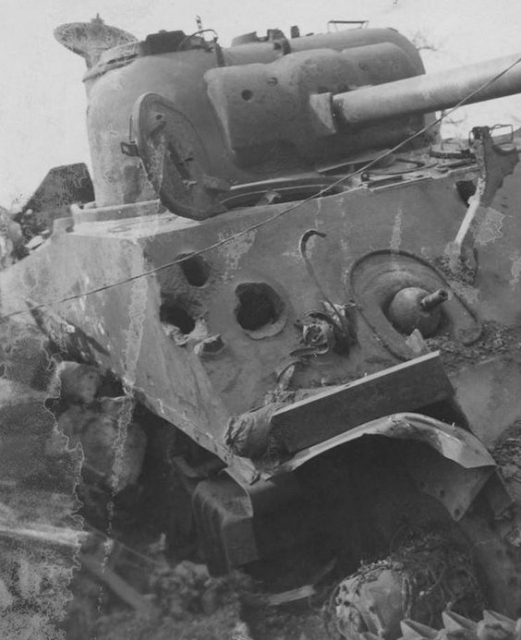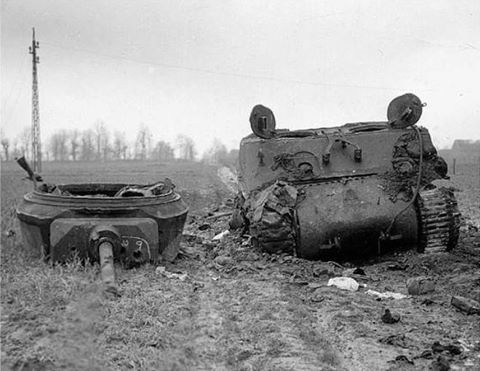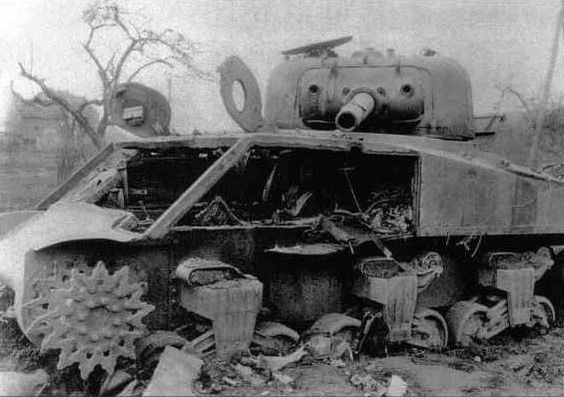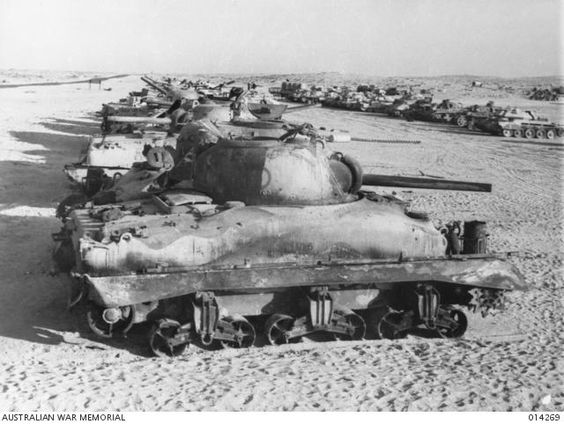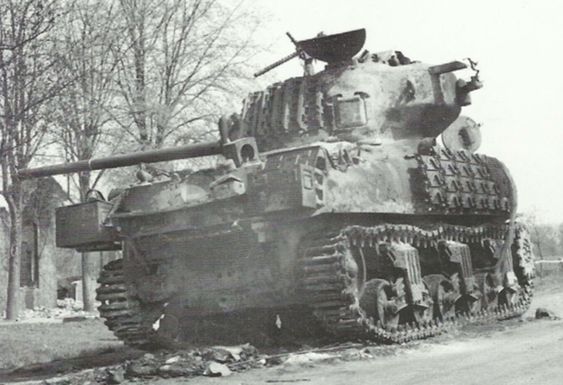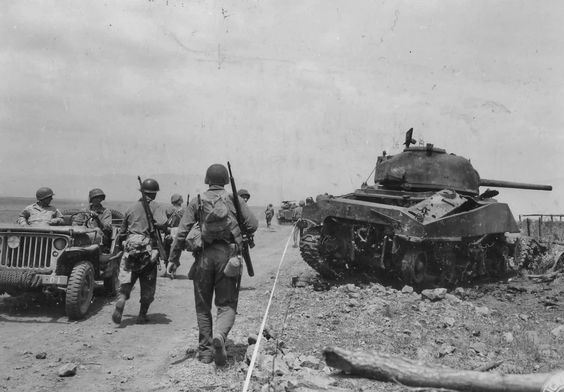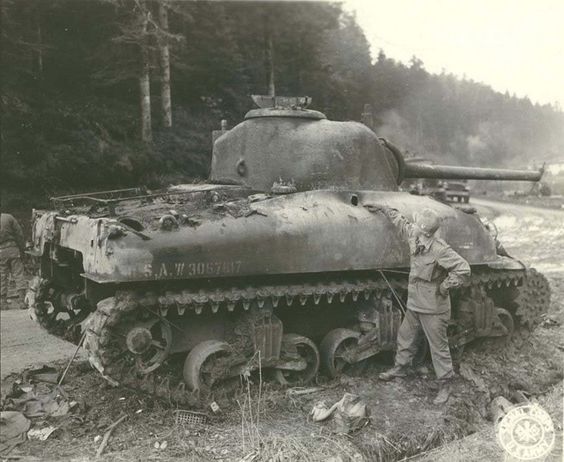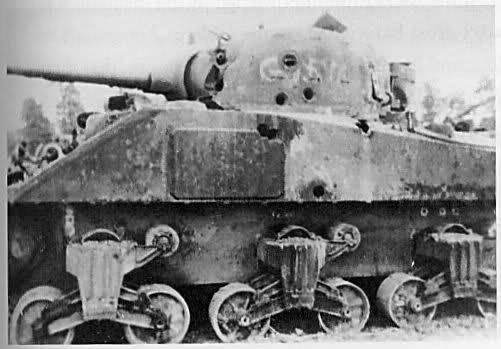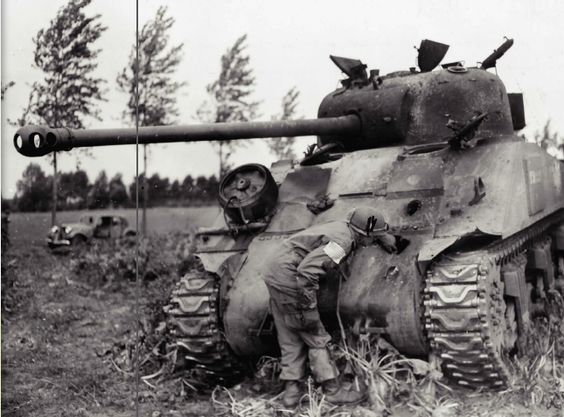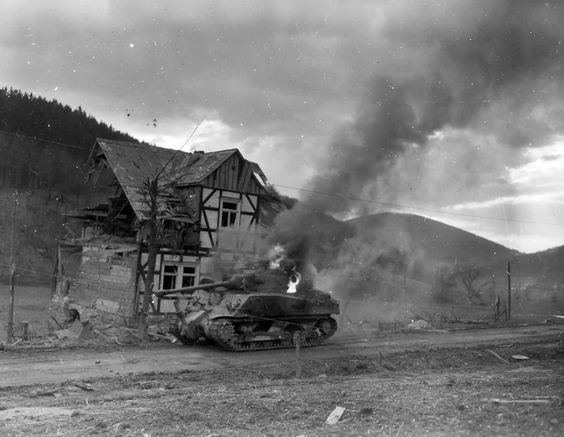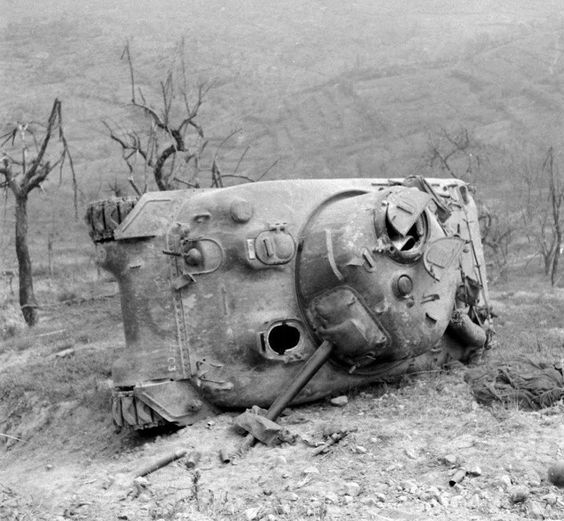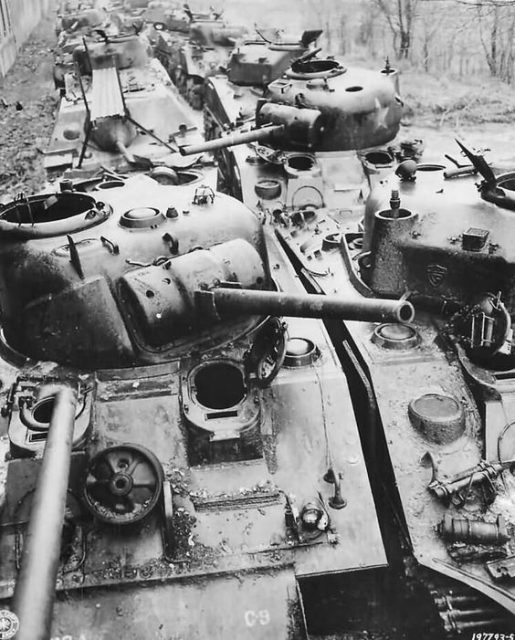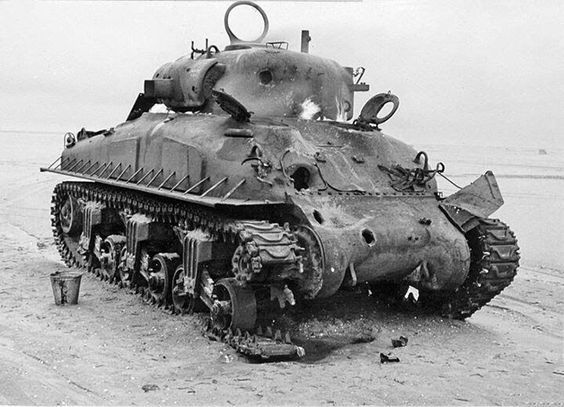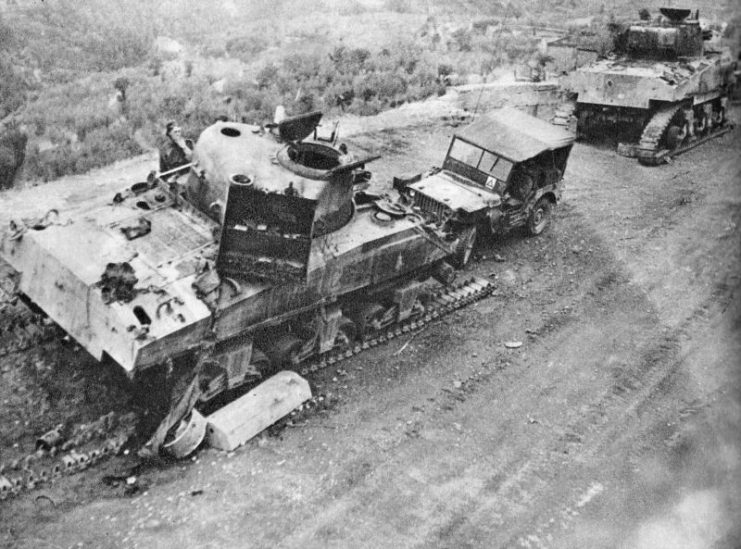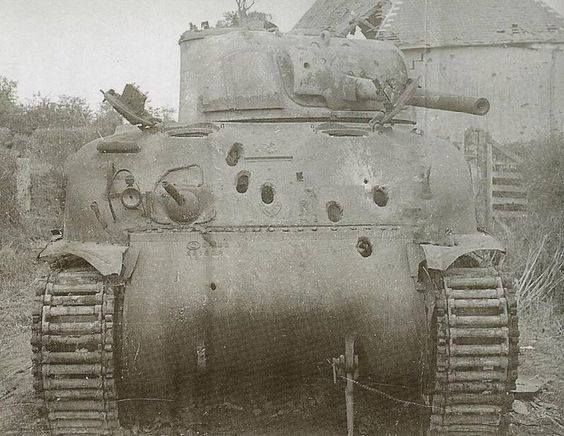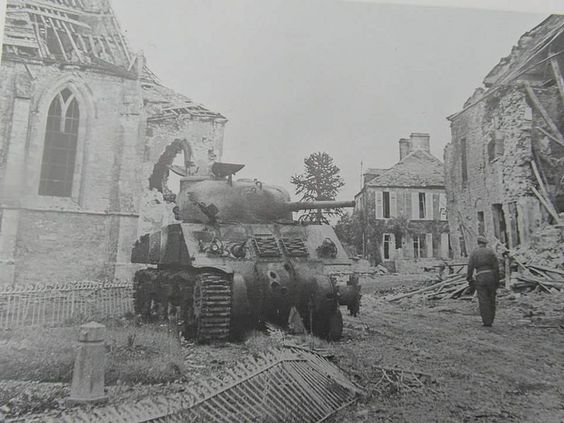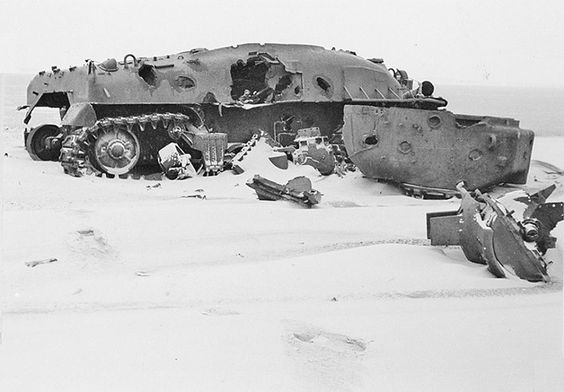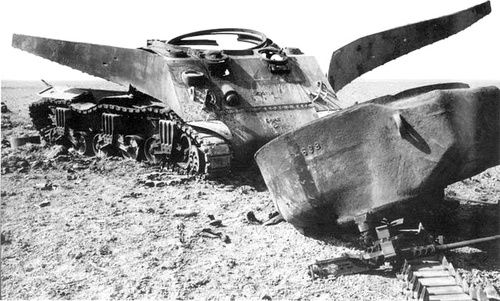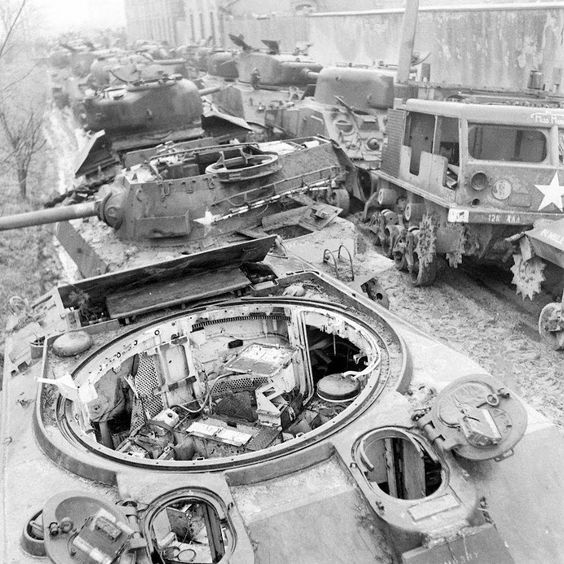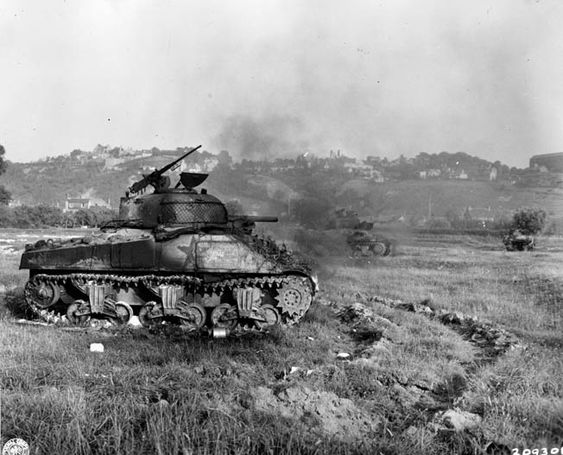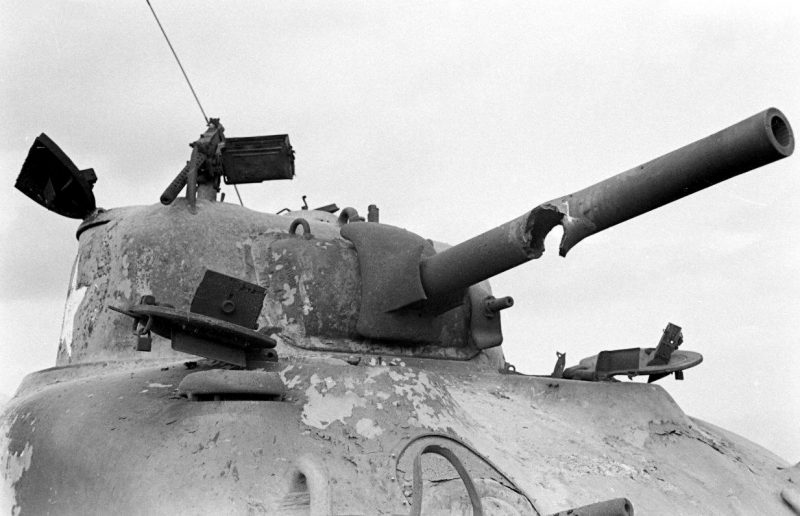Strength in numbers. This is exactly what the M-4 Sherman tank was good at in its heyday. World War II saw the rise of the use of airplanes, more advanced motorized vehicles and bigger and better tanks.
Tanks had long been around, seeing their first combat in World War I, but WWII saw a drastic increase in use. The United States toyed with several tanks before the M-4 Sherman series, but none was quite as particularly effective as the Sherman tank, which performed best in numbers.
If not in a group, Shermans could easily be a death trap. Due to early design flaws, the tanks developed nicknames like “The Burning Grave” and “Tommy Cooker,” which were based around the idea that if the tanks were to suffer a direct hit, they would light up in flames.
When traveling in groups, however, Shermans were highly effective. Get one by itself, though, and you could have a situation like the 2014 film Fury. Though the tanks suffered some early design flaws like these, they were mechanically reliable, as well as effective.
This is why it was one of the prime weaponry workhorses for the United States during the war, and is also why it is arguably the most important tank series of World War II.
Production
Early in its design, the M-4 tank came with a 75mm gun; this gun eventually proved to be ineffective, and as the designed evolved, major changes occurred. By the end of the war, the tanks came with a 76 mm gun that could fire a 15-pound shell over 2,500 feet a second.
The Shermans also came equipped with a .50 caliber machine gun and two smaller .30 caliber guns. Sherman tanks could also be equipped with a flame-throwing main gun; these were particularly useful for the United States in the Pacific Theatre when trying to overtake heavily fortified structures.
The M-4 was the second most popular tank in World War II, due in large part to its reliability. Somewhere between 40,000 to 50,000 of these tanks were produced by the United States, with manufacturers of the tank including Ford Motor Company, Detroit Tank Arsenal (a subsidiary of Chrysler) and Fisher Tank Arsenal (in fact, the factory for these tanks would go on to become a body plant for General Motors). These tanks came at a price tag of $33,000, which is equivalent to $550,000 USD in today’s money.
Production began in 1941, and the tank would see its first action in 1942. The tanks weighed about 60,000 pounds each, had a max speed of 30 miles per hour and could travel as far as 120 miles. Originally, the tanks came equipped with a nine cylinder engine capable of producing 400 horsepower. Towards the end of the war, the tanks would be outfitted with a 30 cylinder engine. It could produce 470 horsepower but unfortunately ran at only 1.4 miles per gallon. Sherman Tanks could hold up to five men; these included a gunner, driver, co-driver, loader and a commander.
Not all of them survived of course – let’s take a look at some of the Shermans that became wrecks….
